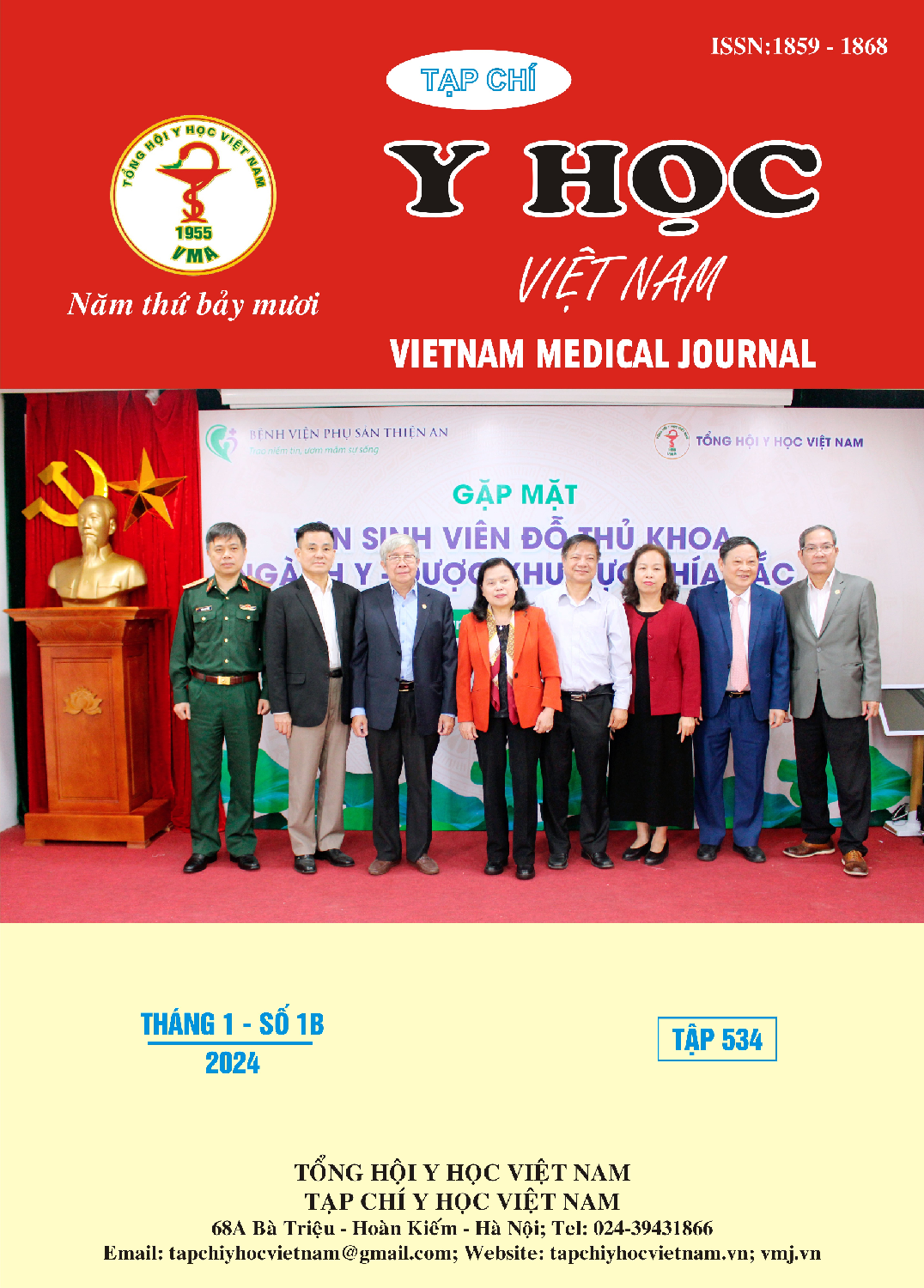FUNGAL INFECTION AT NGUYEN TRI PHUONG HOSPITAL FROM 2020 TO 2022
Main Article Content
Abstract
Background: The widespread and inappropriate usage of antifungal drugs increases the selection of drug-resistant fungal strains and the treatment costs. Therefore, It is necessary to investigate the resistance rate of currently used antifungal drugs to have the solution for the usage and management of antifungals. Objective: To determine the rate of positive fungal screening and fungal culture; Analyzing resistance trends to antifungal drugs of common fungi in the period 2020-2022 at Nguyen Tri Phuong Hospital. Subjects and methods: Cross-sectional descriptive study performed on fungal screening, fungal culture, identification, and antifungal susceptibility testing samples at Nguyen Tri Phuong Hospital from January 2020 to December 2022. The differences in antifungal resistance trends over the period and between clinical departments were investigated by the Chi-square test. Results: In the period from 2020-2022, Trichophyton spp is the most common fungal infection at the hospital at 33.7%, followed by Candida non-albicans, Aspergillus spp, Candida albicans, and Penicillium spp were 28.3%, 15.4%, 13.3%, and 3.5%, respectively. There are differences in detection rates between different techniques in the same kind of specimen. In particular, the detection rates for fungi by culture techniques in skin specimens are higher than by staining techniques and vice versa for other specimens. There were 13.3% specimens performed by antifungal susceptibility testing and only performed on Candida species. The Candida non-albicans group had a higher resistance rate than C.albicans, especially the Azole group. The resistance rate of the Aloze group increases each year but is not statistically significant. The resistance pattern of Candida species in clinical departments is similar to whole hospital. Conclusions: Dermatophytosis and candidiasis are common fungal infections at Nguyen Tri Phuong Hospital. High resistance rates and an increasing resistance trend in the Candida non-albicans group were recorded, especially in the Azole antifungal group.
Article Details
References
2. Brown, G.D., et al., Hidden killers: human fungal infections. Sci Transl Med, 2012. 4(165): p. 165rv13.
3. Hoenigl, M., et al., COVID-19-associated fungal infections. Nature Microbiology, 2022. 7(8): p. 1127-1140.
4. Begum, J., et al., Recent advances in the diagnosis of dermatophytosis. J Basic Microbiol, 2020. 60(4): p. 293-303.
5. Sabino, R. and N. Wiederhold, Diagnosis from Tissue: Histology and Identification. Journal of Fungi, 2022. 8(5): p. 505.
6. Hadrich, I. and A. Ayadi, Epidemiology of antifungal susceptibility: Review of literature. J Mycol Med, 2018. 28(3): p. 574-584.
7. Pristov, K.E. and M.A. Ghannoum, Resistance of Candida to azoles and echinocandins worldwide. Clin Microbiol Infect, 2019. 25(7): p. 792-798.


